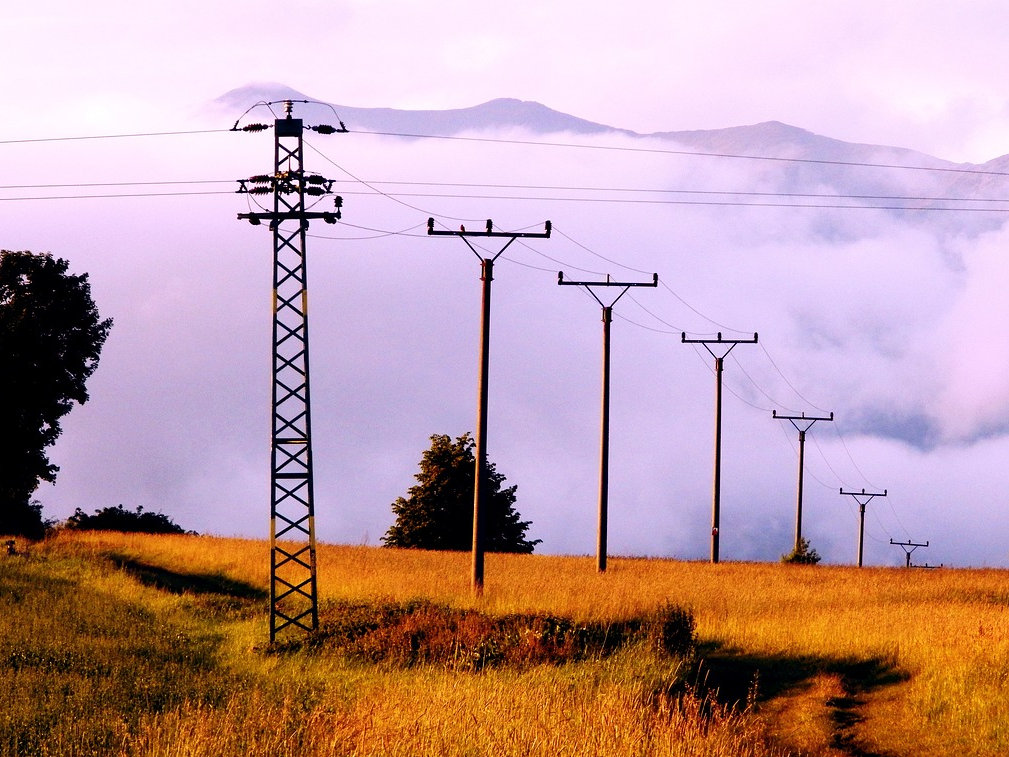

California in particular is facing major challenges with the current climatic conditions and a rapidly advancing energy transition. Persistent droughts are making it difficult or even impossible to generate electricity using hydropower, which used to be reliable and above all independent of the time of day and weather conditions.
But conventional power plants also run into problems when water is scarce. If the outside temperatures are too high and there is a shortage of water for cooling, they have to be throttled back or even switched off.
Added to this are solar parks and private photovoltaic systems, which cause power peaks at midday. And not to forget: Forest fires, which can at least be responsible for shutting down high-voltage lines and substations.
This complex problem was run through in an extensive simulation at Stanford University in order to keep the power grid as stable as possible now and in the future. To make things exciting, an extreme drought in combination with a heat wave had to be overcome. The use of air-conditioning systems in the latter situation creates an enormous additional demand for electricity.
Even under these difficult conditions, a single method initially ensures a 40 percent lower risk of power outages and a more than 50 percent lower proportion of electricity that cannot be supplied despite demand - in other words, would require a targeted shutdown of individual consumers. To achieve this, the grid must first be expanded, not just by adding more power lines, but simply by connecting previously unconnected power grids.
This will make it possible, among other things, to utilize phases with a lot of wind or sun in a specific region over a much larger area. After all, wind will blow somewhere along the entire US West Coast, for example. Power peaks in one area are then distributed across the entire grid instead of remaining unused in a limited area.
The second point is communication between energy producers. Renewable energies play a central role here. With reliable data on actual electricity production at all times, the entire electricity grid can be better managed.
This is precisely where electricity from wind and photovoltaics proves to be particularly advantageous, provided that the necessary information is also processed centrally and implemented accordingly in the electricity grid. Both energy sources remain readily available during heatwaves and droughts. At the same time, the inevitable distribution over larger areas automatically ensures stability because electricity generation and consumption are widely spread instead of having to rely on a few nodes with individual, large energy producers.
Apart from this, another important point is made: Even if the expansion of renewable energies were not to be responsible for a power outage, this is precisely the impression that could take root among the public and therefore also among politicians. However, this would then lead to the expansion, modernization and decentralization of the electricity grid being slowed down. With one consequence: power outages.
The above is the detailed content of Creating more resilient power grids with two simple tricks. For more information, please follow other related articles on the PHP Chinese website!
 How to learn go language from 0 basics
How to learn go language from 0 basics
 What currency is BTC?
What currency is BTC?
 Characteristics of relational databases
Characteristics of relational databases
 What is machine language
What is machine language
 c/s architecture and b/s architecture
c/s architecture and b/s architecture
 Reasons why ping fails
Reasons why ping fails
 What is a servo motor
What is a servo motor
 The difference between win10 home version and professional version
The difference between win10 home version and professional version
 How do mysql and redis ensure double-write consistency?
How do mysql and redis ensure double-write consistency?




